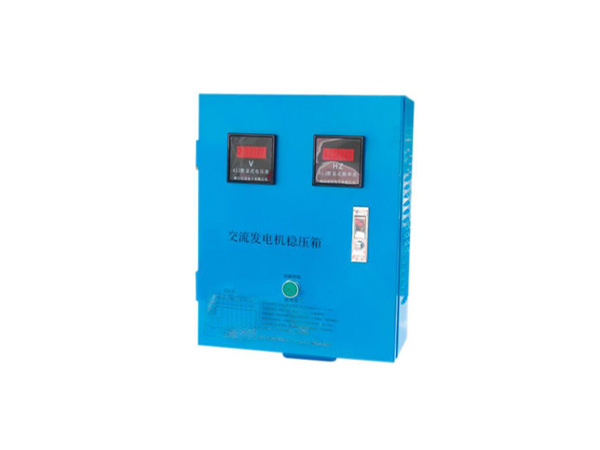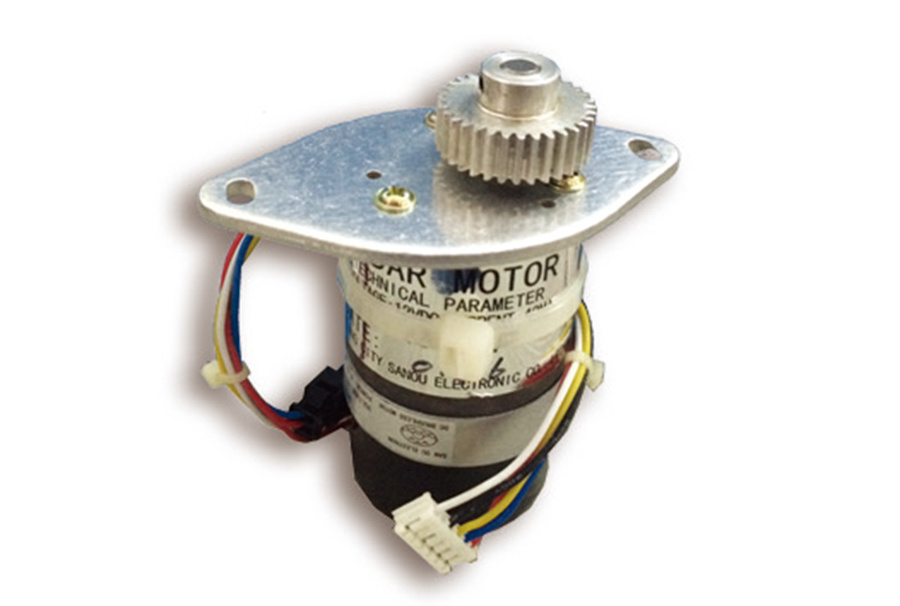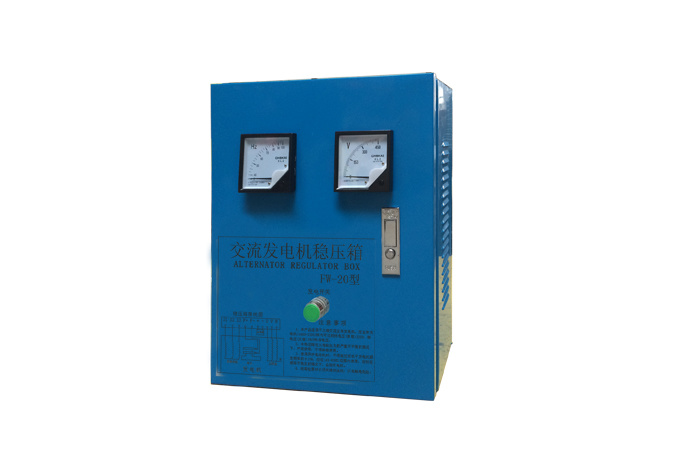News Center
Understanding the Significance of Large Bakelite Steering Wheels in Industrial Equipment
Large Bakelite steering wheels have carved out a significant niche within the industrial equipment landscape, particularly in the realm of gears and transmission systems. These steering wheels, made from Bakelite—a type of early plastic known for its durability and stability—offer a unique combination of properties that make them ideal for various industrial applications.
One of the primary advantages of Bakelite is its resistance to heat and chemicals, which is crucial in environments where machinery operates under high temperatures or is exposed to corrosive substances. This resilience ensures that large Bakelite steering wheels maintain their structural integrity over time, contributing to the overall reliability of the equipment they are part of. The ability to withstand harsh conditions without degrading makes Bakelite an excellent choice for steering wheels used in industrial machinery.
Additionally, large Bakelite steering wheels are known for their ergonomic design. The size and shape of these wheels allow for easy handling and control, which is particularly important in industrial settings where precision and responsiveness are paramount. Operators can manipulate machinery with greater ease and accuracy, resulting in enhanced productivity and safety on the job.
Moreover, the aesthetic appeal of Bakelite should not be overlooked. While functionality is the primary concern in industrial applications, the textured finish and rich color of Bakelite have a unique visual appeal. This can contribute positively to the overall design of machinery, making it more attractive and user-friendly.
In terms of historical significance, Bakelite was one of the first synthetic plastics, developed in the early 20th century. Its introduction revolutionized the manufacturing process in various industries, including automotive and machinery. Large Bakelite steering wheels are a testament to this enduring legacy, representing a blend of classic design and modern engineering practices.
When considering large Bakelite steering wheels for your industrial equipment, it is essential to evaluate the specific requirements of your machinery. Factors such as size, weight, and the mechanical advantages of using a Bakelite wheel over other materials should be carefully analyzed. By understanding these elements, you can make more informed decisions that will enhance the performance and longevity of your equipment.
In summary, large Bakelite steering wheels play a crucial role in the effectiveness and efficiency of industrial machinery. Their durability, ergonomic design, and historical significance make them a popular choice for various applications. By selecting the right components for your gear and transmission systems, you can ensure optimal performance and reliability in your industrial operations.
Related News
Understanding the Importance of a 12KVA Frequency Stabilizer in Electrical Systems
In the realm of electrical engineering, maintaining a stable frequency is crucial for ensuring that equipment operates efficiently and reliably. A 12KVA frequency stabilizer plays a vital role in managing electrical systems, especially in environments where fluctuations in voltage and frequency can lead to equipment failure or operational inefficiencies. A frequency stabilizer, as the name suggest
Discover the Unmatched Benefits of the Furuno 1832 Radar Motor for Marine Navigation
Explore the Advantages of the Furuno 1832 Radar Motor Table of Contents Introduction to the Furuno 1832 Radar Motor Key Features of the Furuno 1832 Radar Motor Performance Analysis of the Furuno 1832 Safety Benefits of Using the Furuno 1832 User Experience: Ease of Use and Installation Maintenance Tips for the Furuno 1832 Radar Motor Comparing the Furuno 1832 Radar Mot
Understanding the Functionality and Benefits of a 1 in 4 Out Signal Distributor
A 1 in 4 out signal distributor is a crucial component in various electronic systems, particularly in the realm of optoelectronics. Its primary function is to take a single input signal and distribute it evenly across four output channels. This enables the simultaneous transmission of the same signal to multiple devices or locations, which is essential in applications such as audio/video broadcast




